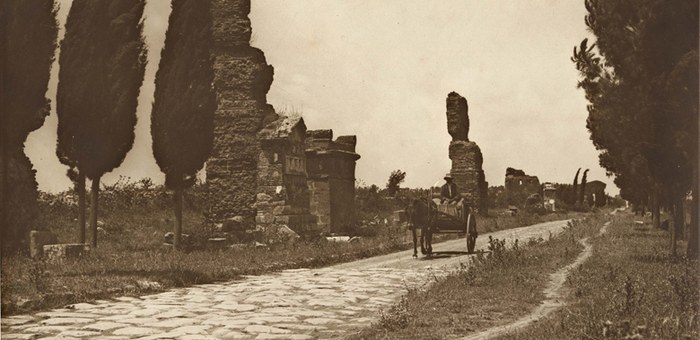Thanks to donations received from 2008 onwards, the Federico Zeri Foundation archive is turning into a repository of photograph collections belonging to people connected with art history.
As of 2016 the cataloguing project covering the Federico Zeri photo archive has extended to describing and digitalizing other collections. As well as the painstaking assembly of factsheets on these photos, another requirement has emerged: to analyse these collections and bring them to people’s notice in their entirety, since the overall cultural value of these archive resources outweighs the sum of their individual components.
A research phase was launched on each collection to capture its unique qualities. In pooling these data the software managing the database was provided with a new module, “Archive description”, supplying a pathway structured on the lines of File FF-ICCD (Photograph Collections) and adopting the latter’s essential fields. The file allows information to be registered according to: name, size, ordering criteria, details of producing entity, state of conservation, acquisition and access route, treatments undergone.
Linked to the normal archive description procedure, there is a Subdivisions section: the tree structure here allows description down to four levels subtending the collection: series, subseries, folder, documentary unit.
The series and folder levels will have connecting keywords (art genre, author, place, century), enabling researchers to work transversally through the various collections. Within each level one may also pass to the individual photo file (and that of the work depicted) contained therein, if it has merited a file of its own.
The project will result in the new EXPLORE THE COLLECTIONS online module.
